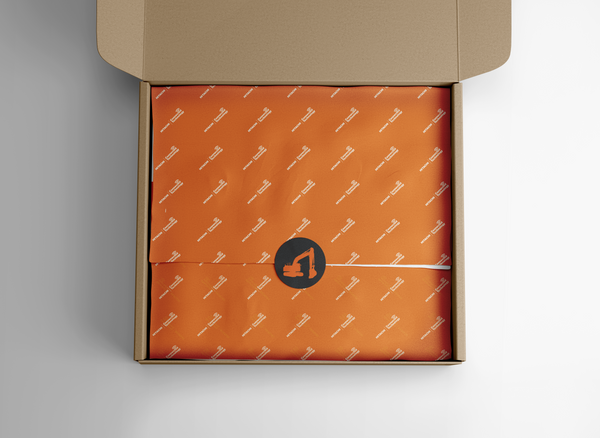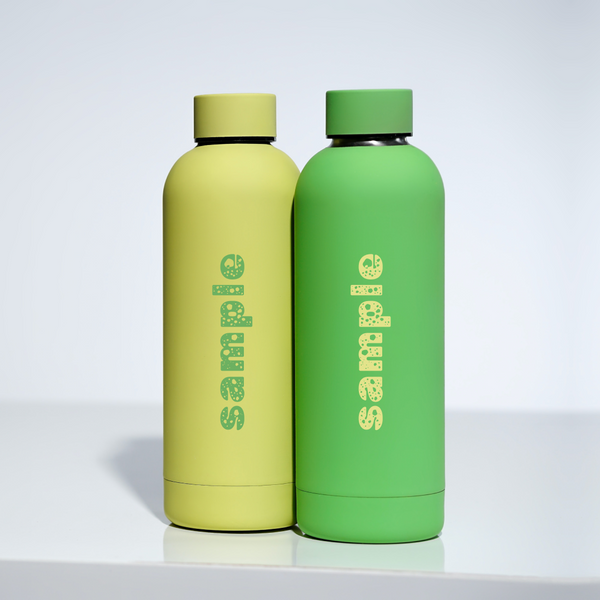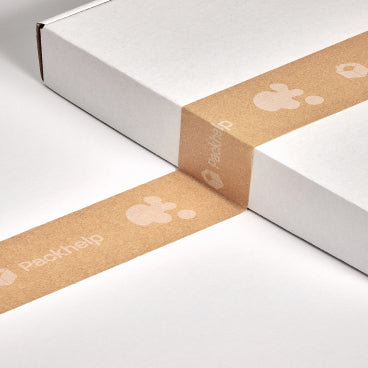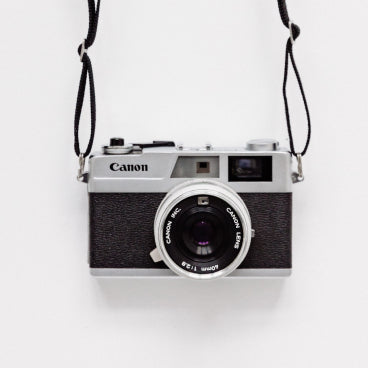When it comes to printing there is a such a huge variety of options available to choose from. Depending on the type and volume of garments we can offer a print solution for pretty much any design.
Learn more about each print method below:
|
Screen Print Digital Print Pad Print Sublimation Bespoke Print Digital Transfer |
Digital Label Embroidery Engraving Emboss/De-boss Doming Screen Transfer |
Screen Print

Screen round is based on the same method as screen print except the product is turned during the printing process, making this method suitable for curved surfaces.
This is a perfect technique to be used on large round areas like sports bottles and pens resulting in some brilliant merchandise! Screen print is great to create amazing textile garments like clothing, bags and umbrellas but it is also applicable to paper, metal and plastic.
- Great for textiles
- Suitable for flat or round surfaces
- Pantone matching available
Digital Print
Digital printing is very similar to inkjet printing. Micro droplets of ink are squirted onto a product to create an image. The ink is instantly cured by exposing it to UV light.
Digital printing is an ideal process for your standout multi coloured logos or designs. It is a highly durable process and has a strong resistance to fading and damage, also it looks great!
It is mainly suitable for flat surfaces but can sometimes be applied to slightly curved surfaces. A great method to use if you have loud and colourful logo that will make sure your product gets noticed.
- Multi coloured logos
- Highly durable
- Ideal for small quantities
Pad Print

Pad printing is an indirect printing process that involves ink being transferred from an engraved metal plate via a silicone pad onto the product.
Pad printing is a great all-round cost-effective solution as it is fast and economical. It can be applied on virtually any shaped product and is suitable for any surface texture.
It is a perfect method for multi coloured logos up to 4 colours. Pantone (PMS) colours only.
- Fast & economical
- Suitable for most shapes
- Suitable for most surfaces
Sublimation

Sublimation represents a digital printing method that enables the application of full-color images onto white, rigid surfaces or items coated with polyester. Initially, an image or logo undergoes printing on sublimation paper using full-color (CMYK) printing.
Following printing, the sheets of paper undergo an automatic cutting process. These printed sheets are subsequently affixed to a product utilizing a combination of pressure, time, and heat. Throughout this procedure, the ink undergoes a transition from a solid to gaseous state, permeating the surface of the item. Once the item cools down, the ink becomes permanently fixed within the surface or coating of the item.
Bespoke Print

If your looking for something that is totally unique to your brand, then why not work with us to create a completely customised product that can be designed according to your specification.
With a combination of our industry knowledge and our manufacturing partners wealth of experience, we’ll be able to create a unique, innovative product that will really wow your customers.
We want to partner with you and guide you through every step of the process, helping bring your ideas to life.
- Innovative products
- Product design
- Unique to your brand
Digital Transfer

Digital Transfer stands out as a highly favoured technique for vibrant logos and designs, yielding results with photographic quality. The process begins with the digital printing of colours (CMYK) onto a sizeable paper roll. Following this, a white layer is printed onto the regions covered by the colours. Subsequently, adhesive is applied to facilitate adhesion onto the intended item. The final step involves affixing the transfer image or logo onto the item through a combination of pressure, time, and heat.
Digital Label

Digital Labeling involves the digital printing of a sticker that is affixed to a product. This method is commonly employed for items where alternative printing techniques are impractical. A full-colour sticker is printed and subsequently precision-cut using a plotter. The Digital Label is then peeled off and carefully applied to the items.
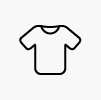 T-Shirts
T-Shirts Polo Shirts
Polo Shirts Sweatshirts
Sweatshirts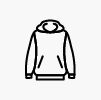 Hoodies
Hoodies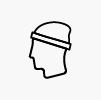 Headwear
Headwear Eyewear
Eyewear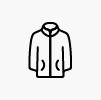 Fleeces
Fleeces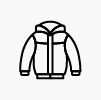 Jackets & Gilets
Jackets & Gilets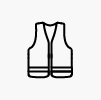 Hi-Vis
Hi-Vis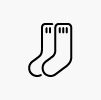 Socks
Socks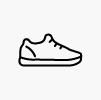 Footwear
Footwear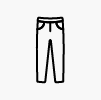 Shorts & Trousers
Shorts & Trousers Backpacks
Backpacks Tote Bags
Tote Bags Gift Bags
Gift Bags Laptop Bags
Laptop Bags Sports Bags
Sports Bags Travel Bags
Travel Bags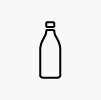 Insulated Bottles
Insulated Bottles Keepcups & Tumblers
Keepcups & Tumblers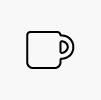 Mugs
Mugs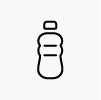 Sports & Water Bottles
Sports & Water Bottles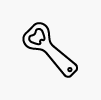 Drinkware Accessories
Drinkware Accessories Sustainable Drinkware
Sustainable Drinkware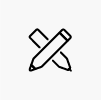 Pens & Pencils
Pens & Pencils Notebooks
Notebooks Sports Promo
Sports Promo Sportswear & Kits
Sportswear & Kits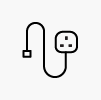 Chargers
Chargers Phone Cases
Phone Cases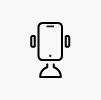 Phone Holders
Phone Holders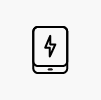 Powerbanks
Powerbanks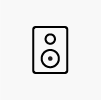 Speakers
Speakers Wireless Tech
Wireless Tech Umbrellas
Umbrellas Events
Events Retail
Retail Promotional Campaigns
Promotional Campaigns Uniform & Workwear
Uniform & Workwear Health & Travel
Health & Travel
